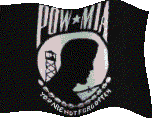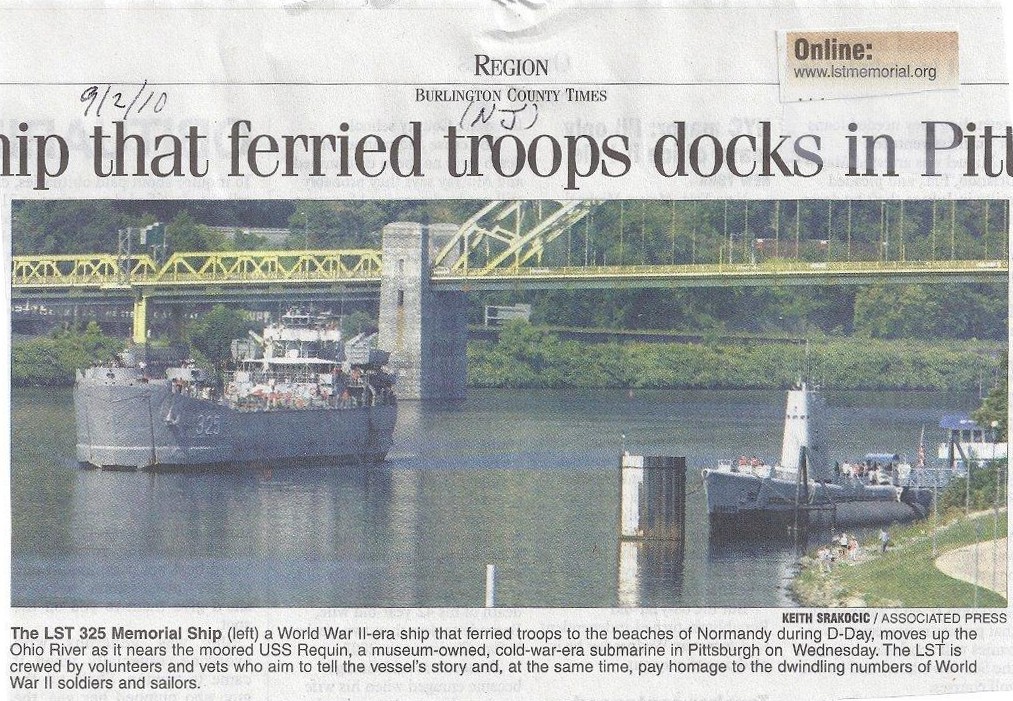



Page last
edited on
08/22/2017 04:48 PM
" Let there be built great ships
which can cast upon a beach, in any weather, large numbers of the
heaviest tanks."
~ Winston Churchill, 1940
Writing in almost a biblical prose, Winston Churchill anticipated the concept of the landing ship, tank, a vessel that would later prove indispensable to the success of Allied amphibious invasions throughout Europe and the Pacific. After the painful lessons learned by the Allies in the forced evacuation of the beaches of Northern France, the British Admiralty realized they sorely lacked large, seagoing ships capable not only of evacuation but also shore to shore delivery of equipment.
In their first attempt at filling this gap, in October 1940, the British constructed 30 ALCT's (Atlantic Landing Craft, Tanks), but upon testing they found they were too small for ocean voyages and they were used only for cross channel commando raids. They then tried converting three civilian oil tankers by cutting off the bow and adding bow doors and a ramp. But the shallow draft of the vessels and the blunted bows seriously reduced their speed and stability.
So, in August 1941 at the first meeting between Prime Minister Churchill and President Franklin D. Roosevelt, they concurred with the Admiralty's view that a new type of specialized landing ship was needed. Due to the wartime pressure on England's shipbuilding resources it was agreed that the design and building of these ships would be done in the US.
The US Navy had already decided what was needed; an all new type of the ship that had oceangoing stability, a reasonably sleek hull, and the ability to deposit tanks, troops and sorely needed combat machinery directly onto a beach, even if under attack. John Niedermair of the US Navy's Bureau of Ships sketched out the basic design that was the foundation of over 1000 LST's built by 23 shipbuilding yards scattered across the USA.
One major design obstacle was how to reconcile the deep draft needed for stable ocean travel with the shallow draft needed for beaching. The Navy solved this problem by designing an exceptionally large ballast system that could be filled with sea water for stability in ocean passage and then be pumped out for beaching operations. For ocean travel the vessel was capable of a draft of 14 feet and when beaching a minimum draft of only 3 feet 9 inches.
The first 1051 ships were 328 feet long 50 feet wide and displaced 1653 tons (light). 670 of these were built by five inland shipyards. Transport capability was 15 forty ton or 27 twenty-five ton tanks.
The next two LST's (1153 and 1154) were built at the Hingham Shipyards and were the only two steam powered LSTs built. These and the next 15 LSTs were 383 feet long, 55 feet wide and displaced 2324 tons (light). The last of the World War II bow door type of LSTs (seven of them) were 445 feet long and 62 feet wide and displaced 4164 tons (light). The last of them, the USS WOOD COUNTY LST-1178 was launched 14 December 1957.
The last 20 LSTs built were of the "Newport" class. They were 522 feet long, 70 feet wide and displaced 8450 tons. With the decommissioning of the USS Harlan County LST-1196 in April of 1995, the US Navy no longer has LSTs in any active fleet. They have been replaced by Amphibious Assault Ships (LPH) which are capable of carrying 19 CH-46 Sea Knight helicopters.
LST-325 Steams from
Evansville, IN to Pittsburgh, PA

Here are links to three different videos of the trip
Have fun watching
http://www.wtap.com/home/headlines/101421114.html
To watch the 3 different videos
click on the 3 links just to the left of the picture of the LST
For more information on LST-325
Visit the
memorial Page